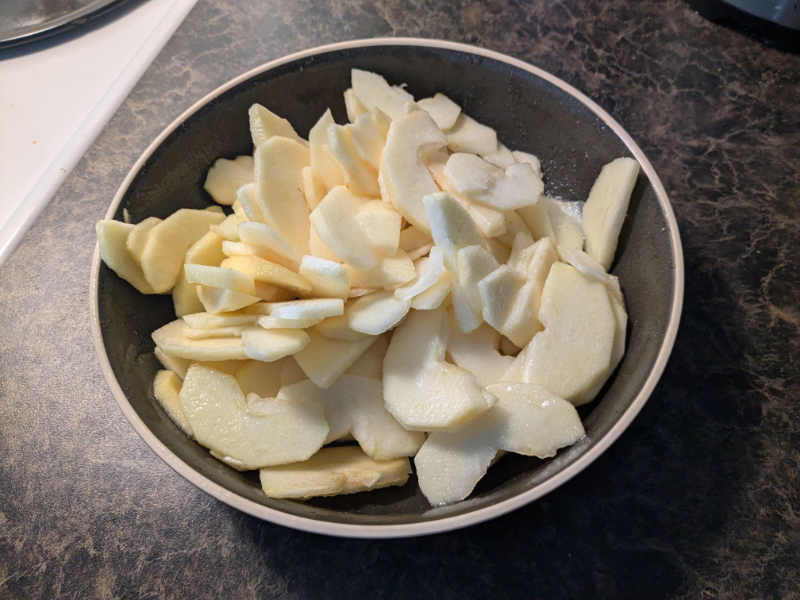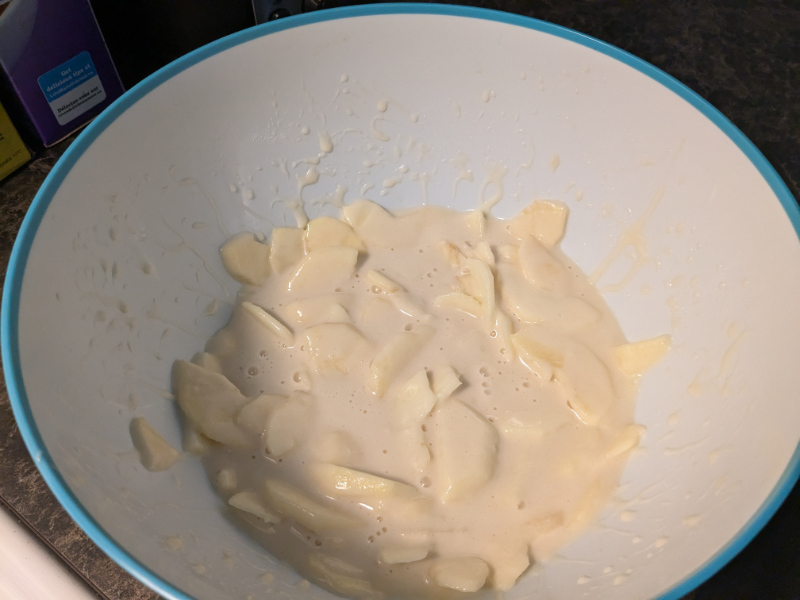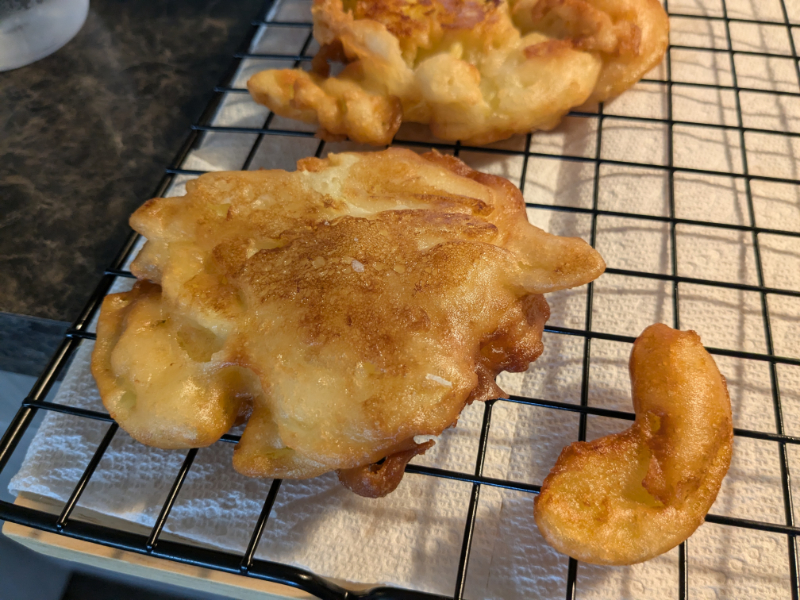Taste of History is a new limited-run blog series exploring old-school recipes and food culture found in archival collections. This month we tried a classic and easy to make treat.
The recipe we tried this month comes from the New Royal Cook Book, published in 1922. This book was published by the Royal Baking Powder Company, which was one of the largest producers of baking powder in America until it was merged with four other companies in 1929 to become Standard Brands. Since the company was based in the U.S. the book produced for the Canadian market is largely identical with only minor alterations.
While we have featured manufacturer cook book recipe in prior posts, we haven’t talked about why these kinds of books were produced. As part of a large advertising campaign a food company would often hire a team, usually uncredited, to develop and test recipes highlighting their product. The final book would then be provided cheaply or free to home cooks looking to expand their repertoire. In the New Royal Cook Book, the inside cover praises Royal products and cautions cooks against using baking powders from other brands with lines like, “Avoid all guess work by using ‘Royal’. It is always the same, always dependable.”

A surprising number of recipes passed down to me from family members are from 20th century manufacturer cook books. Considering though how drastically grocery shelves changed during that period it does make sense. Inventions like Jell-O gelatin powder (learn more in August’s Salmon in Lemon Jelly post) combined with new global shipping methods created a much wider availability of ingredients. For home cooks unsure of how to approach newly accessible ingredients, these books could be used as guides regardless of whether name brand was used.
To test out the New Royal Cook Book, I decided to try the apple fritter recipe since a recent harvest of orchard apples arrived at the local grocery store. The first step to the recipe is to make a general fritter batter by sifting together 1 cup of flour and 1 ½ teaspoons of “Royal” baking powder and mixing in an egg and 2/3 of a cup of milk. For my attempt I used a generic baking powder I had on hand.

The next step was to prepare the apples by first peeling and coring, then cutting into full slices and coating in 2 tablespoons of sugar and 1 tablespoon of lemon juice to prevent oxidization. This step was a little surprising as I am more used to diced apples; the recipe specifically states you can dice any fruit other than apples “not too fine”. The fruit is then fully coated in the prepared batter.

The final step is to fry large dollops of the final mixture in hot fat or oil until golden brown. The recipe recommends that the fat should be hot enough to brown a piece of bread in 60 seconds, but I instead measured the oil with a food thermometer to heat it around 380 degrees F (194 degrees C). The browned fritters are then placed on a cooling rack to drain and are coated in powdered sugar. Unfortunately, I was out of the final ingredient so my apple fritters were left unadorned.
The final apple fritters were very different from what I might buy in a store, being extremely fruit-forward and not cloying sweet. I definitely preferred this style although they were not crispy for long. I am not sure if this was due to water content of the apple slices or if I was not diligent in maintaining oil temperature. Overall, this is a recipe I am looking forward to making again.

